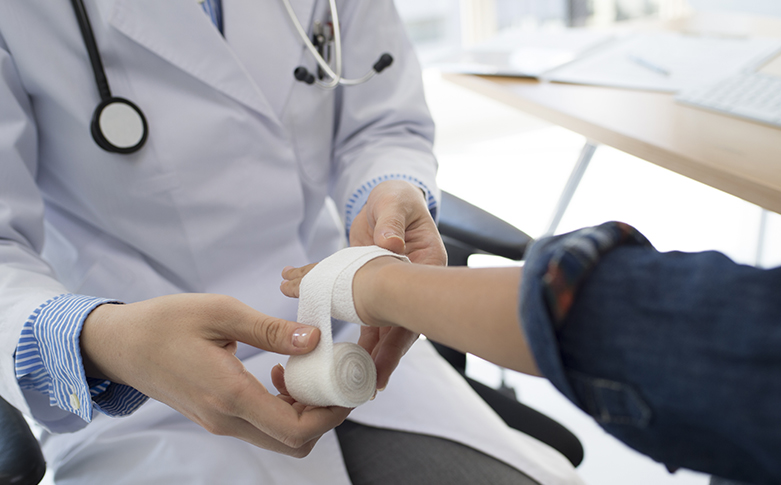
iStock | FeelPic
Though hospitals are known to be prominent places to spread germs, scientists are working on novel ways to stop the spread of bacteria across healthcare facilities. This in addition to the germ-prevention methods nurses and doctors have been taking for years.
But are you thinking as much about germs when you leave work (whether or not you change out of your scrubs before leaving)?
A new study may raise that awareness: A report from Weill Cornell Medical College finds that surfaces on the New York City subway contain hundreds of species of bacteria, and that half of the DNA found on the surfaces don’t match any known organism. And only 0.2 percent match the human genome.
That’s not as bad as it may seem on first read. The study is part of PathoMap, a project designed to study what rides along with humans on public transportation. Most of the bacteria found are harmless.
“People don’t look at a subway pole and think, ‘It’s teeming with life,’” Dr. Christopher E. Mason, the lead author of the study, told the New York Times. “After this study, they may. But I want them to think of it the same way you’d look at a rain forest, and be almost in awe and wonder, effectively, that there are all these species present—and that you’ve been healthy all along.”
Mason later notes the findings of the study represent “a normal, healthy microbiome” (despite findings that possibly show evidence of bubonic plague). Although the study is primarily focused on mapping the city according to microbial species found in different areas, the findings also point to how germs can spread so quickly after leaving the hospital—by nurses and patients alike.
Do you take measures to prevent the spread of germs after you leave your workplace? Do you think it’s important to change out of your scrubs before going home? Let us know in the comments below!

















